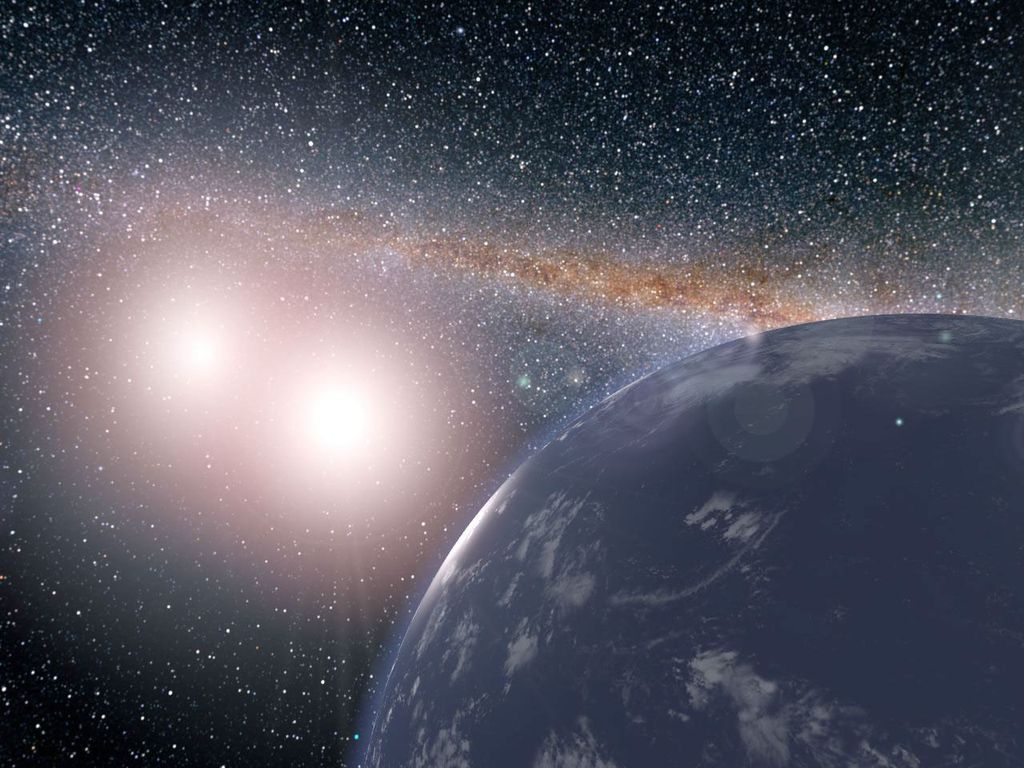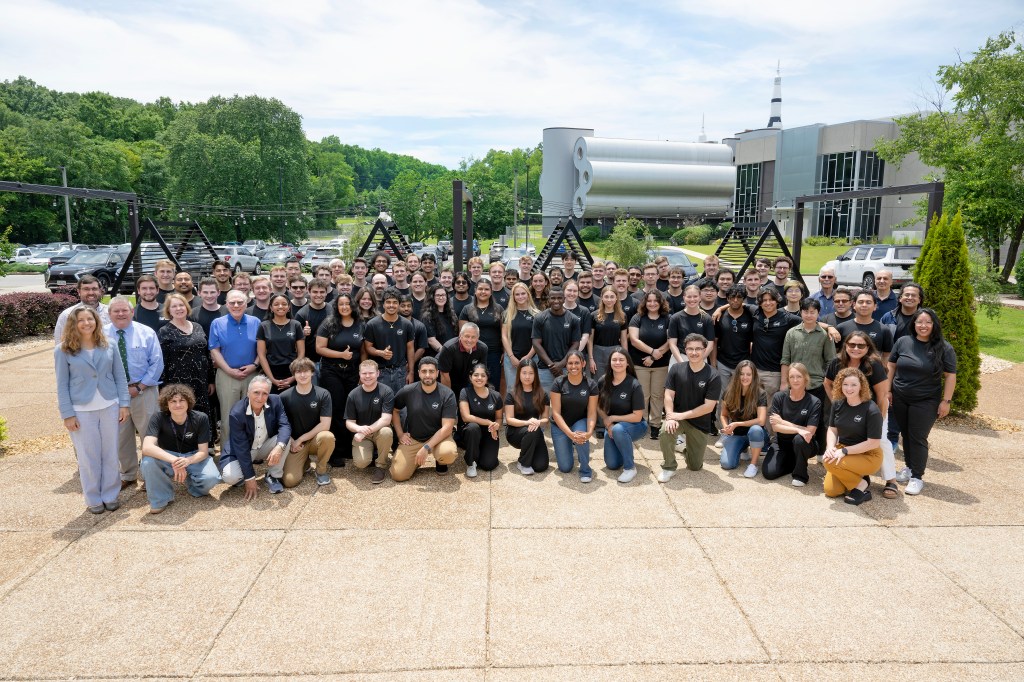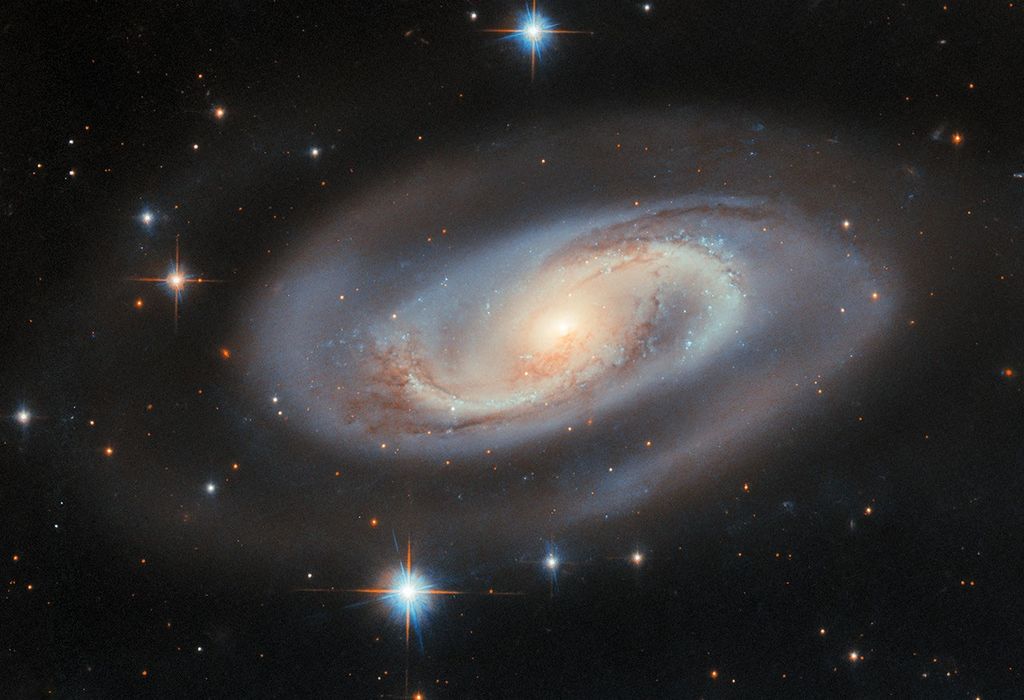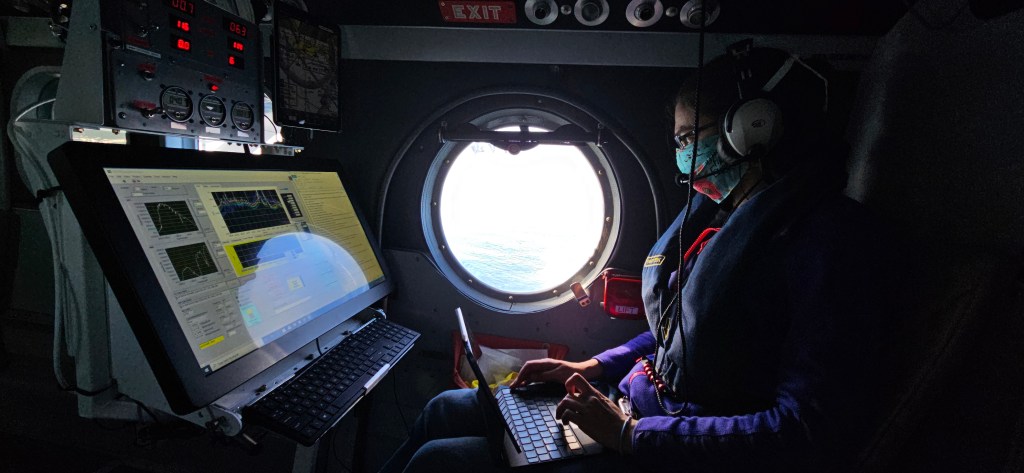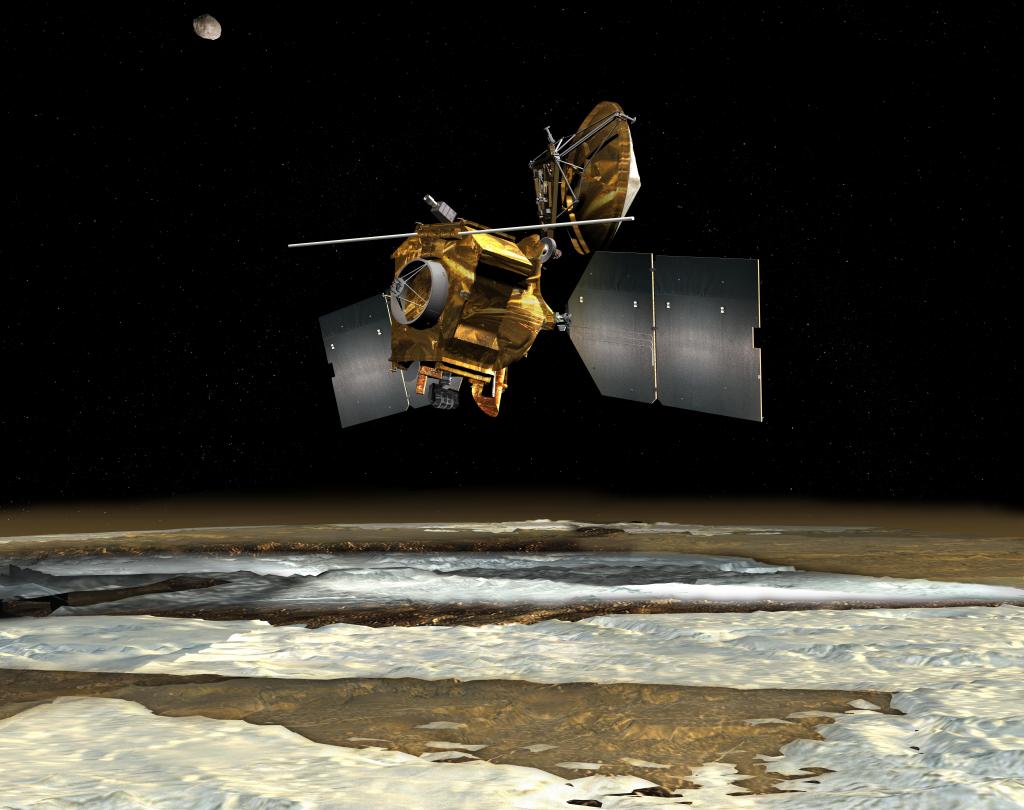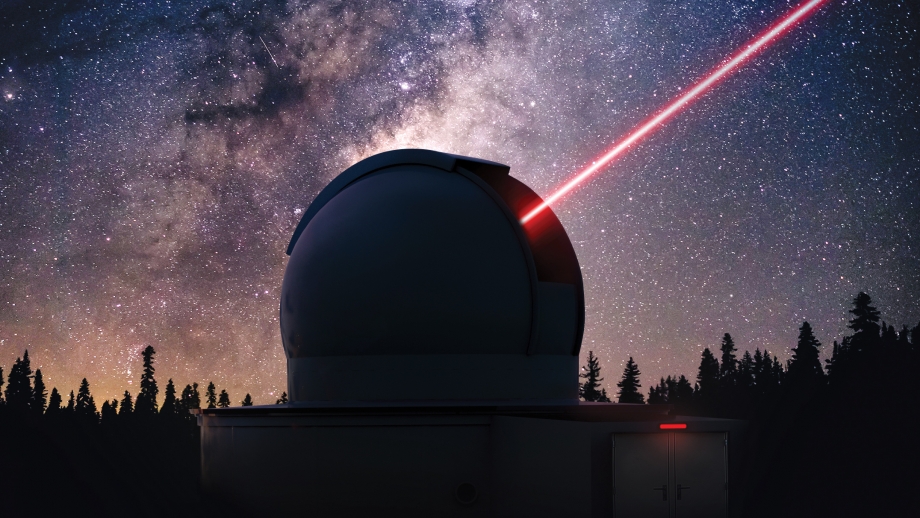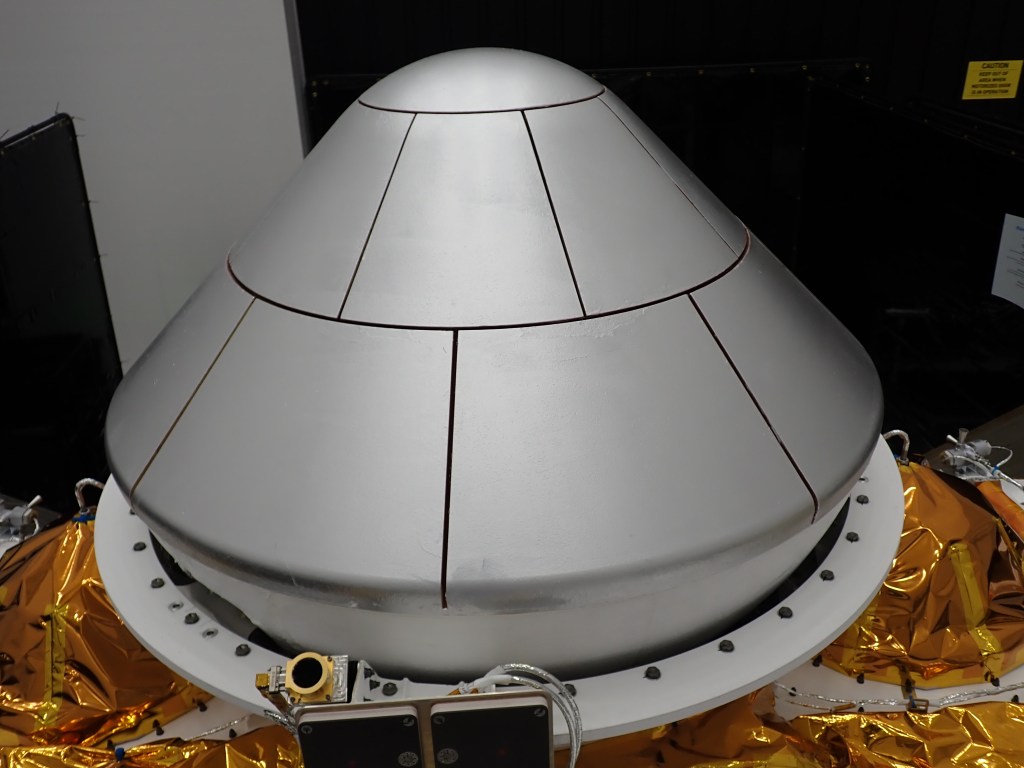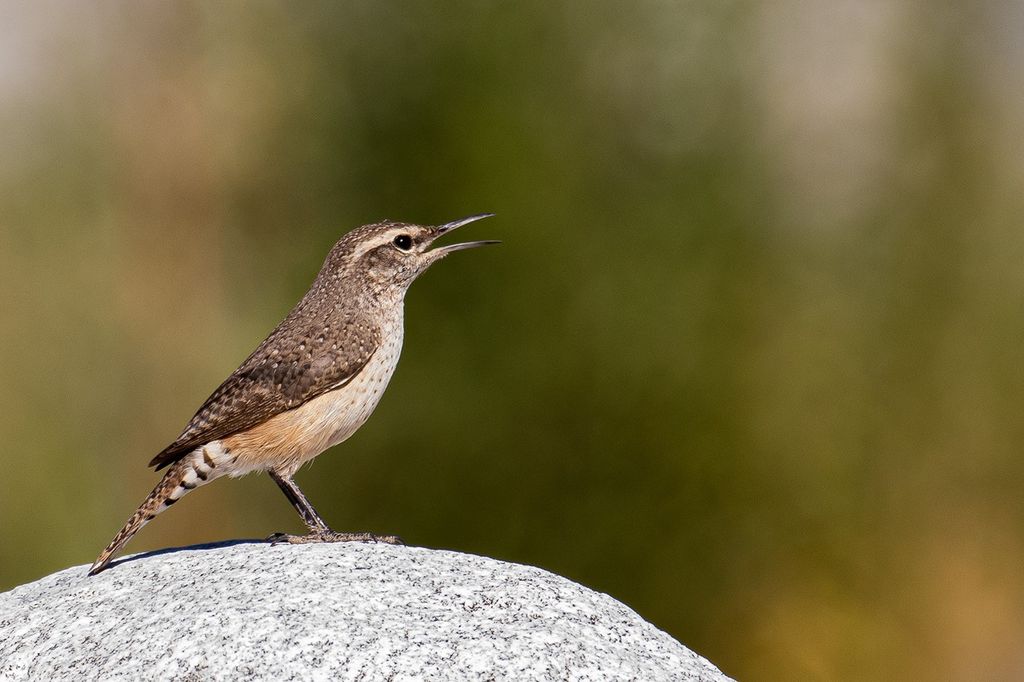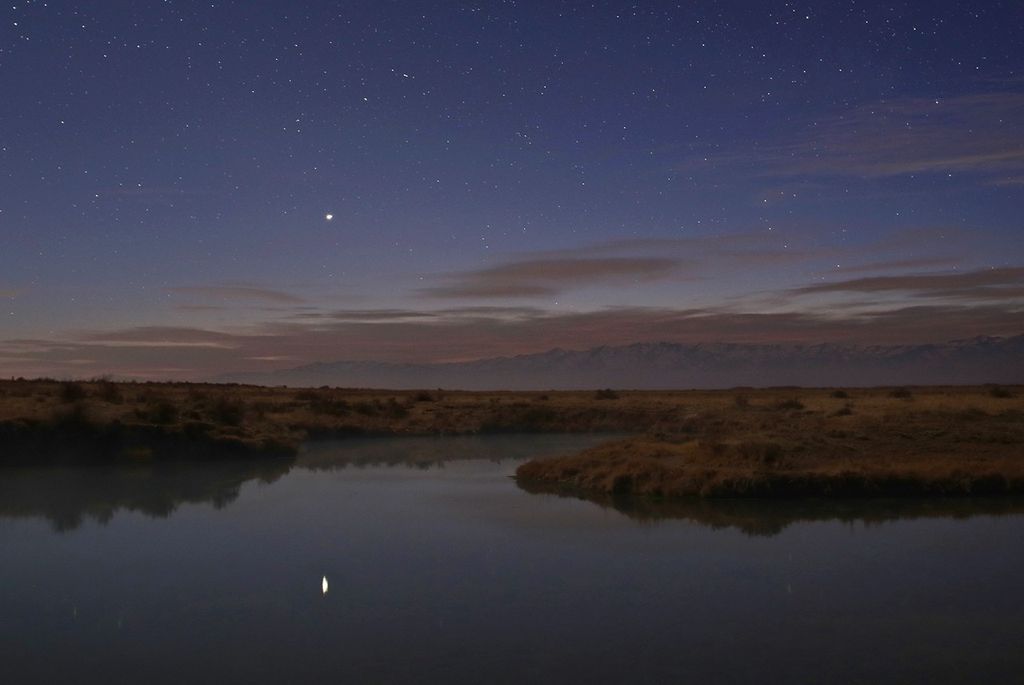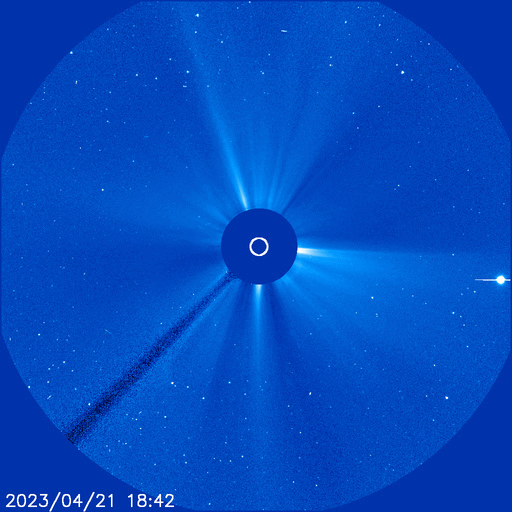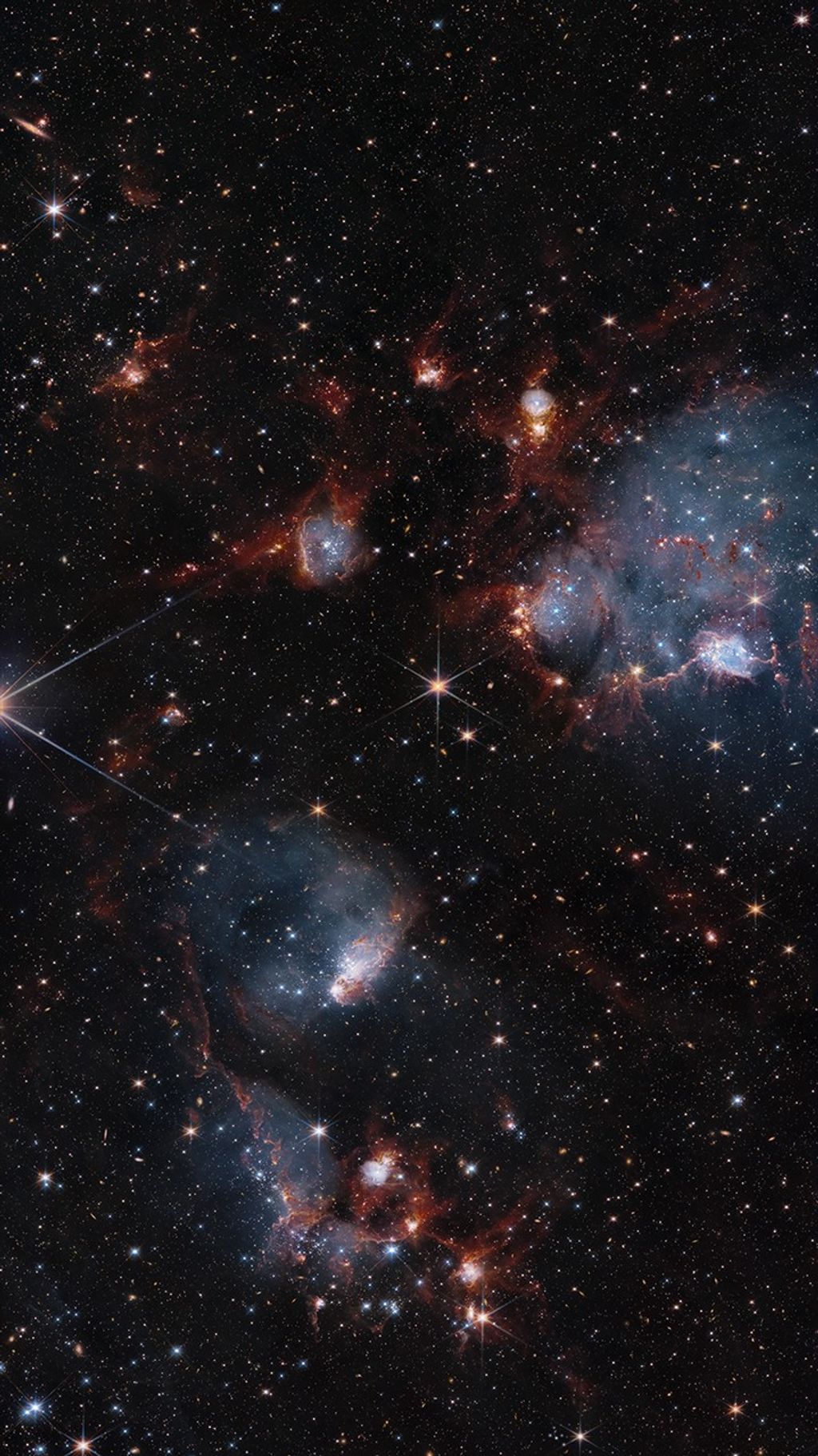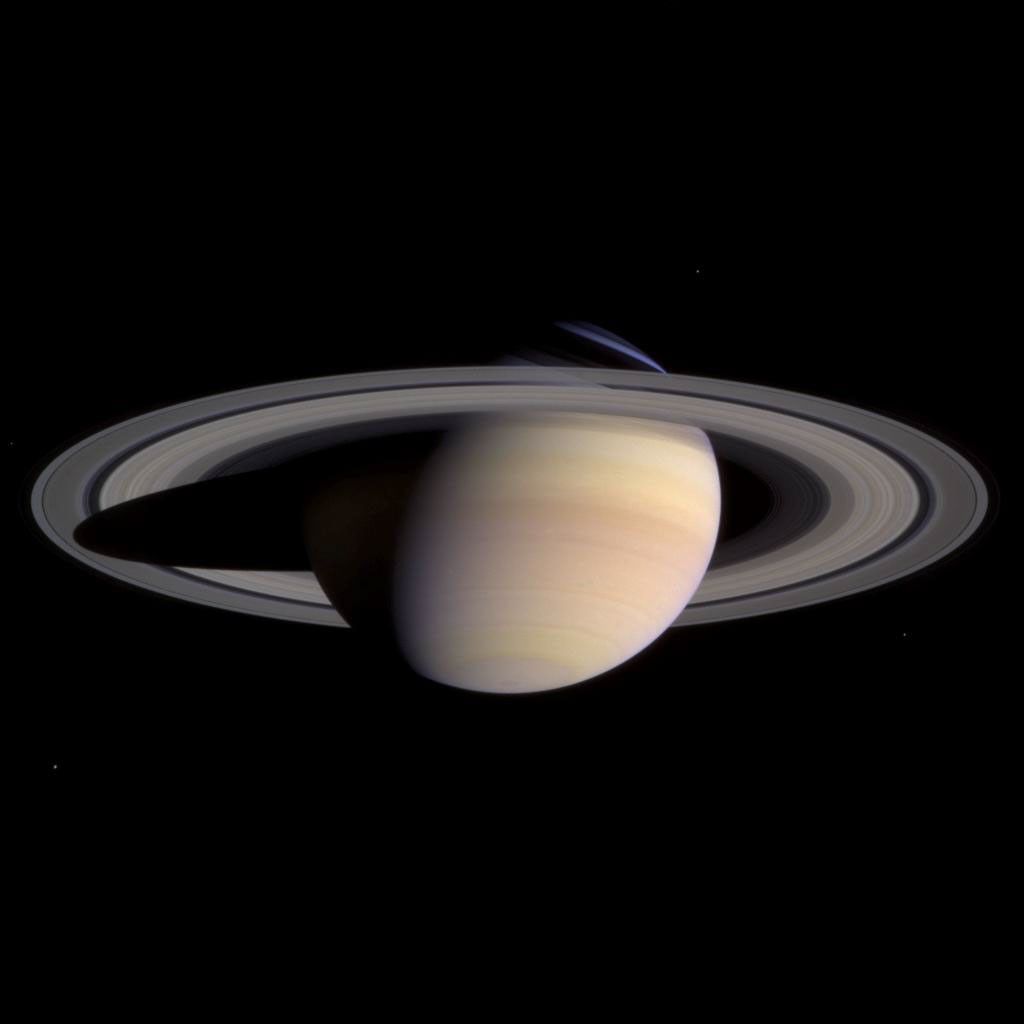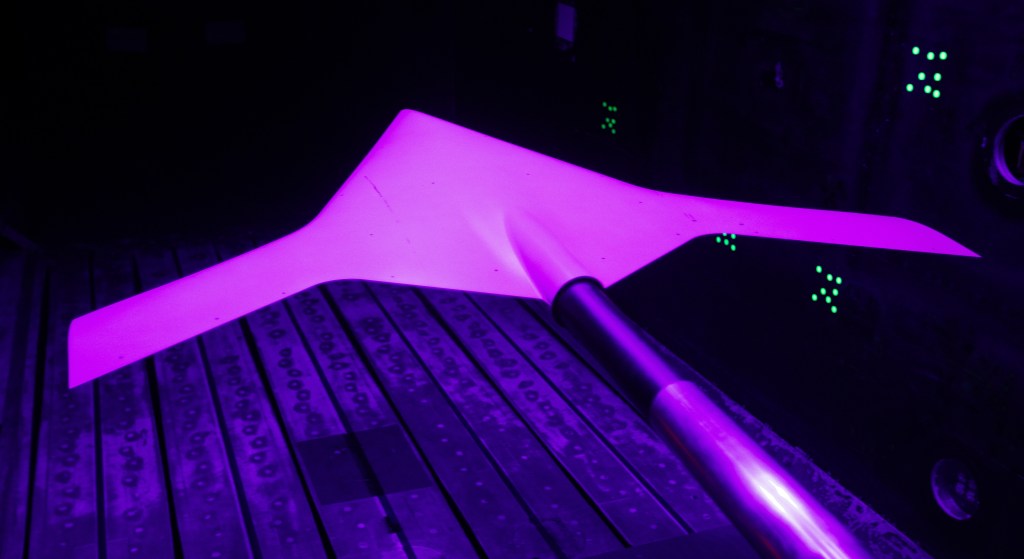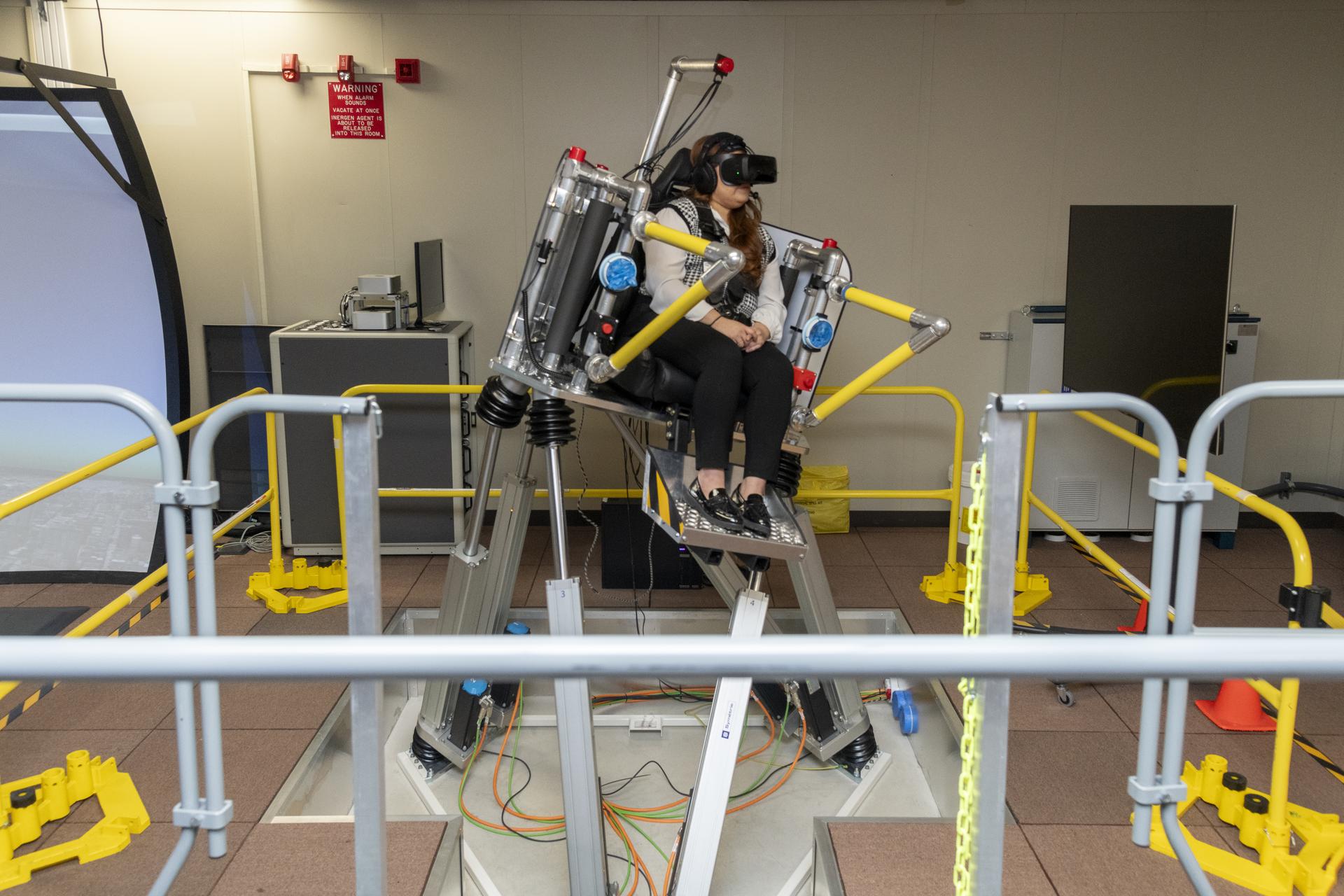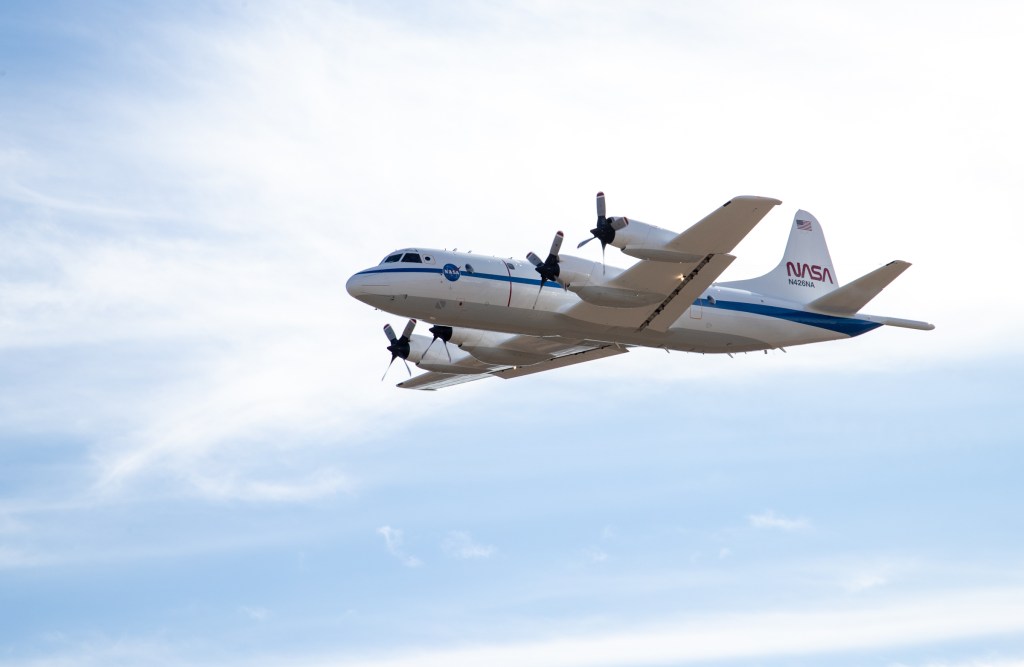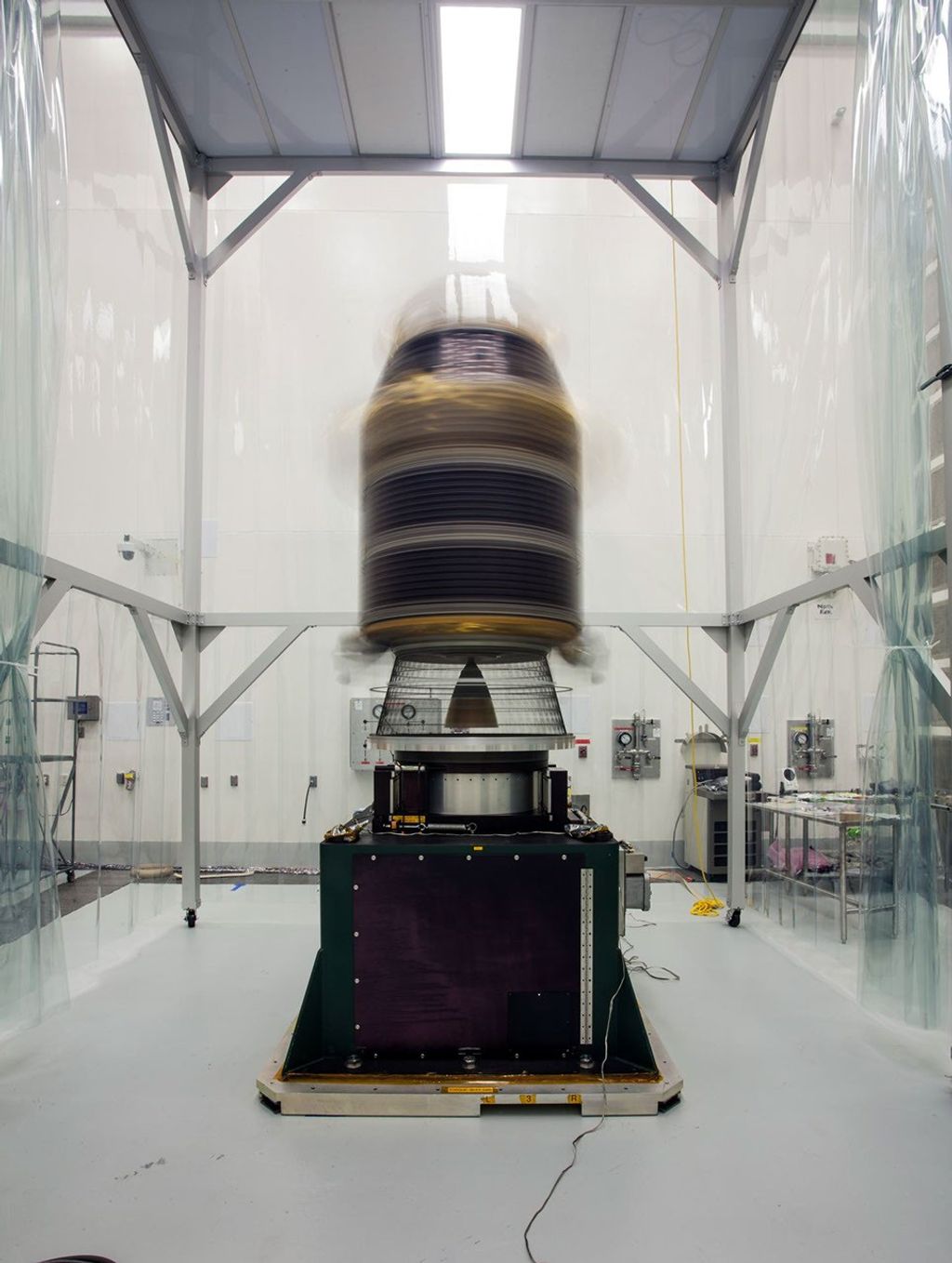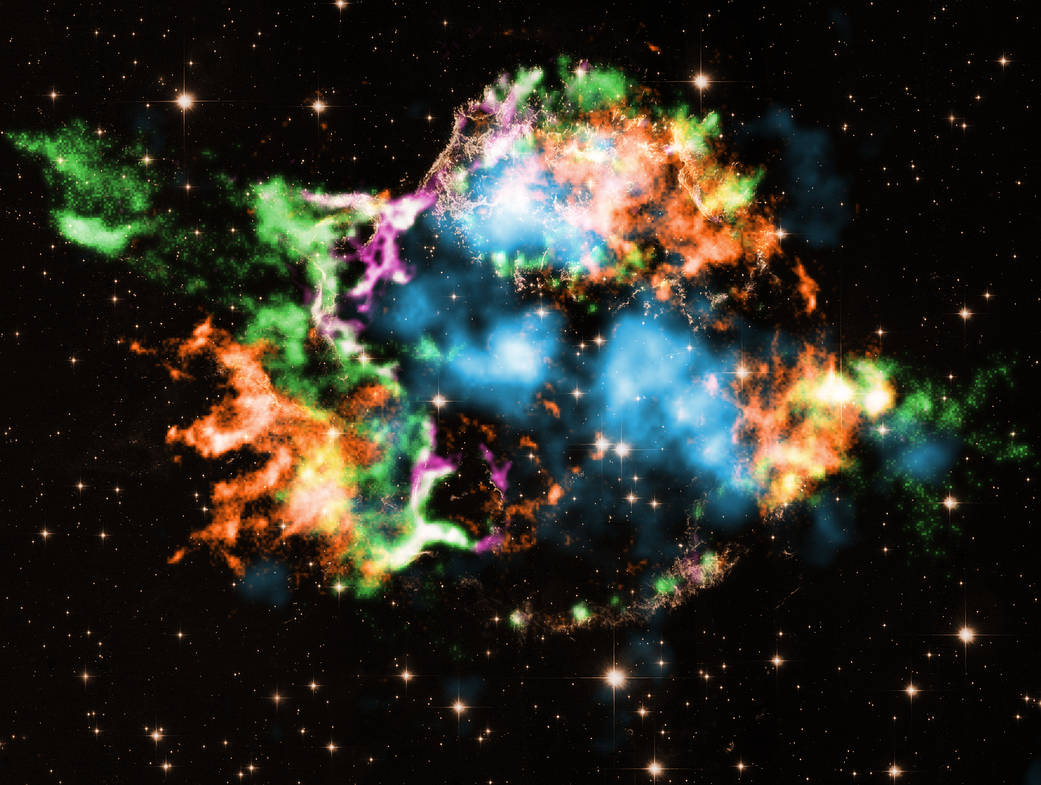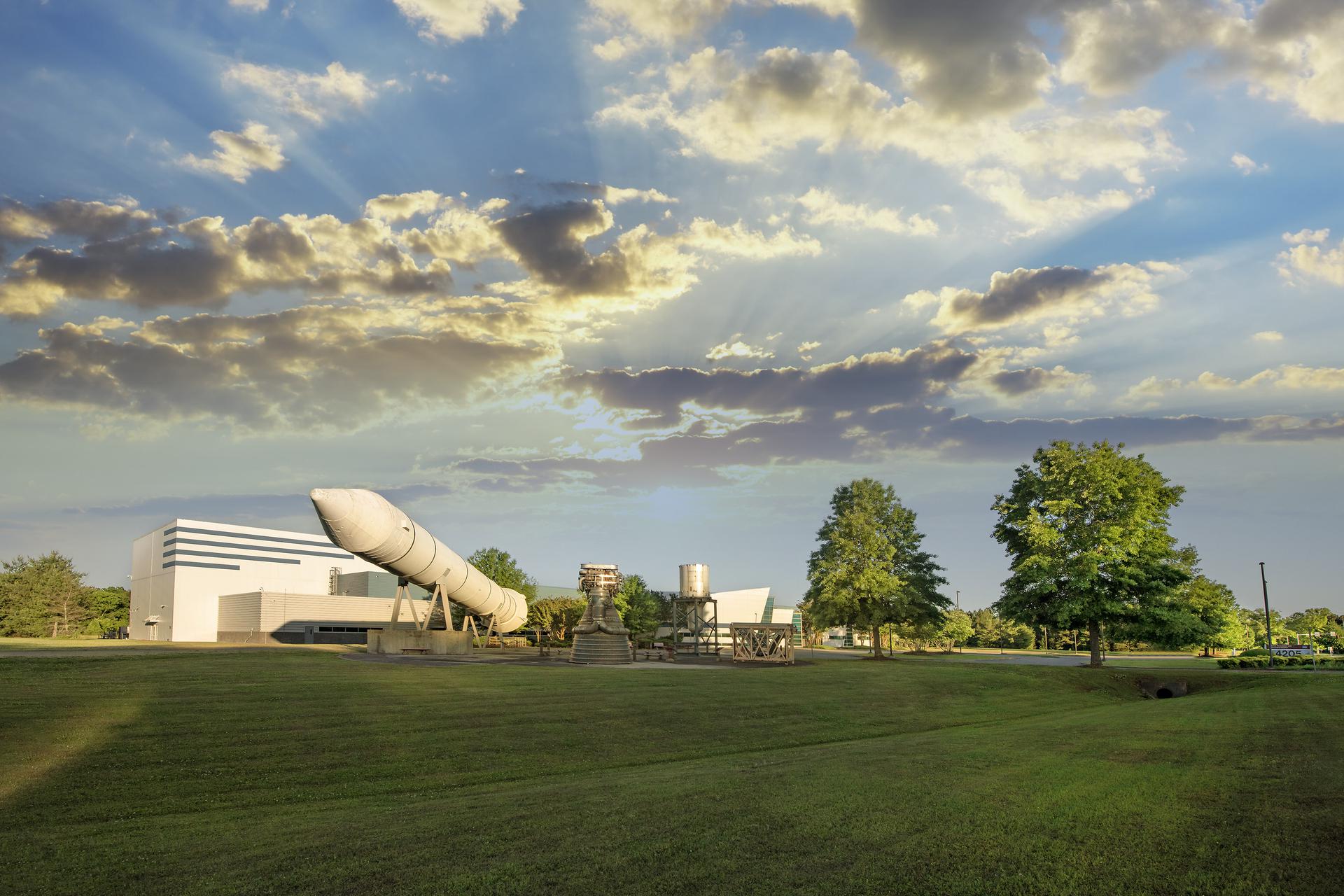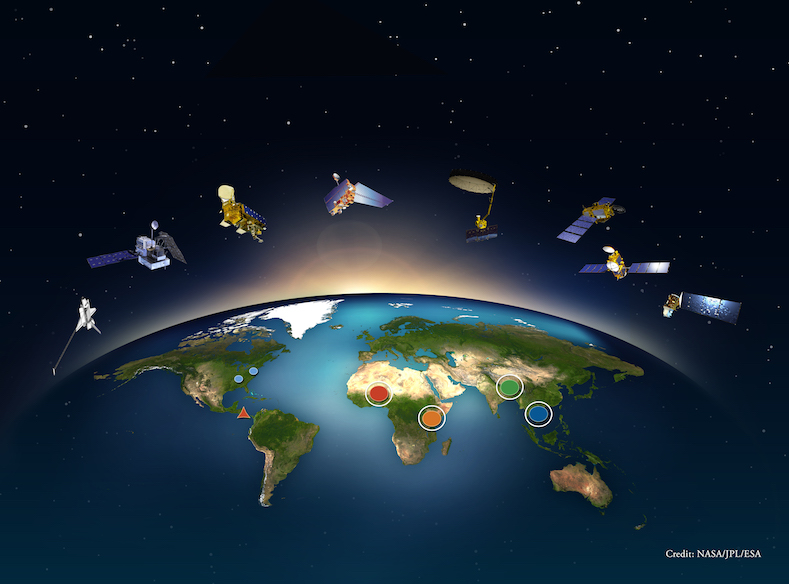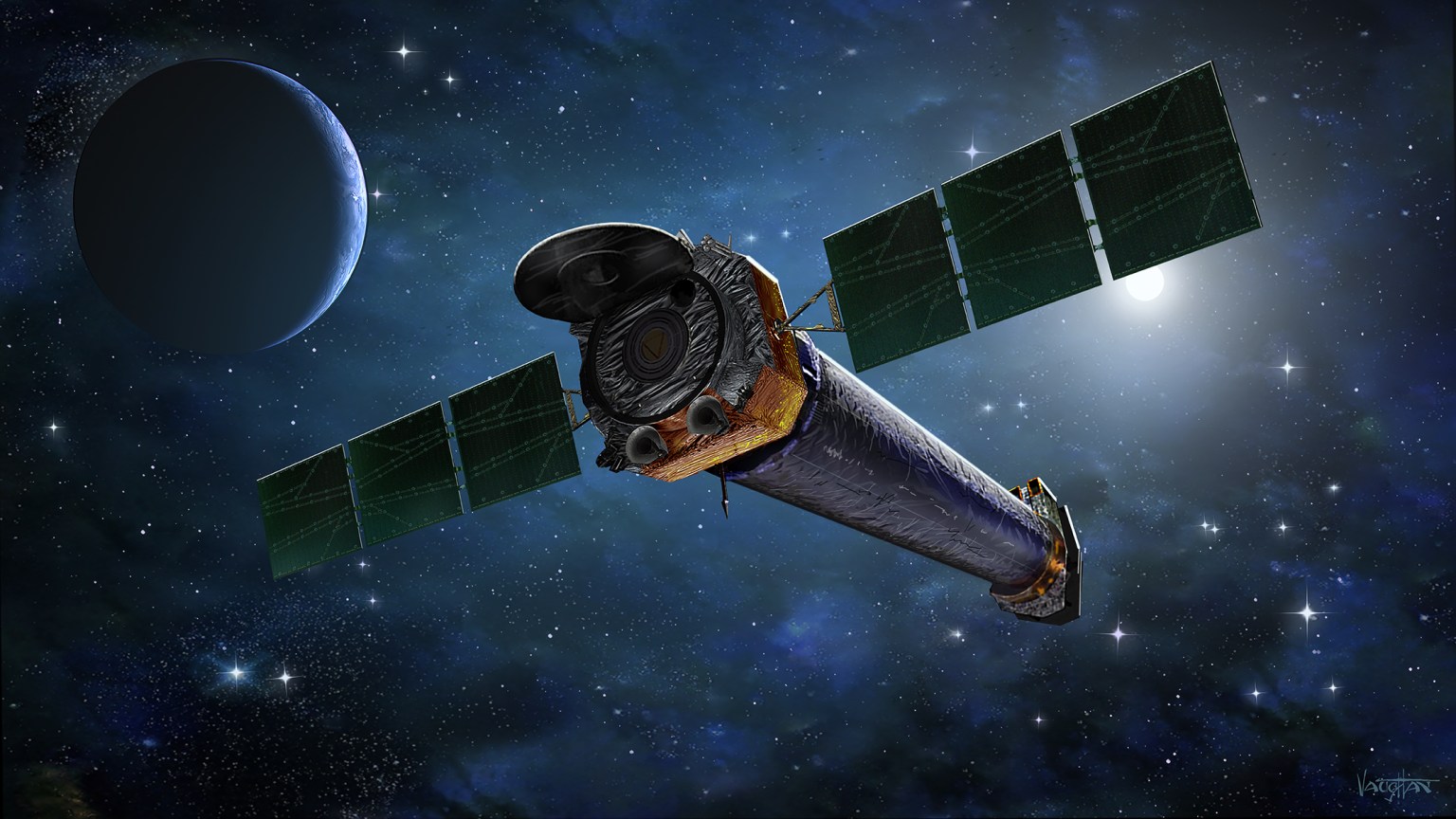Scientists, researchers, project managers, technicians, and support staff of the Science Research and Projects Division at NASA’s Marshall Space Flight Center lead flagship scientific missions, work with engineers to develop innovative technology, and conduct ground-breaking research every day.
Scientific capabilities are wide-ranging and the SRPD team is dedicated to utilizing them to explore the mysteries of the universe, mentor the next generation of NASA scientists, and improve life on earth for everyone.
SRPD encompasses five branches and the leadership team. The current branches are:
- Earth Science: Scientists research and analyze the Earth as a system with a focus on climate, energy and water cycles and applying NASA Earth observations, models, technologies, instruments, and expertise to provide vital data and analyses for societal benefit.
- Astrophysics: Scientists study the physical nature of stars and conduct research on a wide variety of topics, including cosmology, the nature of dark energy, and the most violent explosions in our galaxy and beyond in order to unravel the mysteries of the universe.
- Heliophysics and Planetary Science: Scientists study the coupled Sun-Earth system, the moon, and the planetary bodies in our solar system, including the genesis and evolution of inner solar system bodies, space storm triggers, and the effects of space weather on the near-Earth space environment.
- Science Projects: The team provides project management oversight and support to numerous research projects and science teams across ST1x, including the Chandra Project Management Office (PMO).
- Science Test: This branch operates NASA’s X-ray and Cryogenic Facility (XRCF), which is an adaptable space environment simulation facility that enables technology development and pre-flight verification of space missions. As the world’s largest X-ray optical test facility, it enables development, performance, and calibration testing of X-ray optics, detectors, and telescopes.
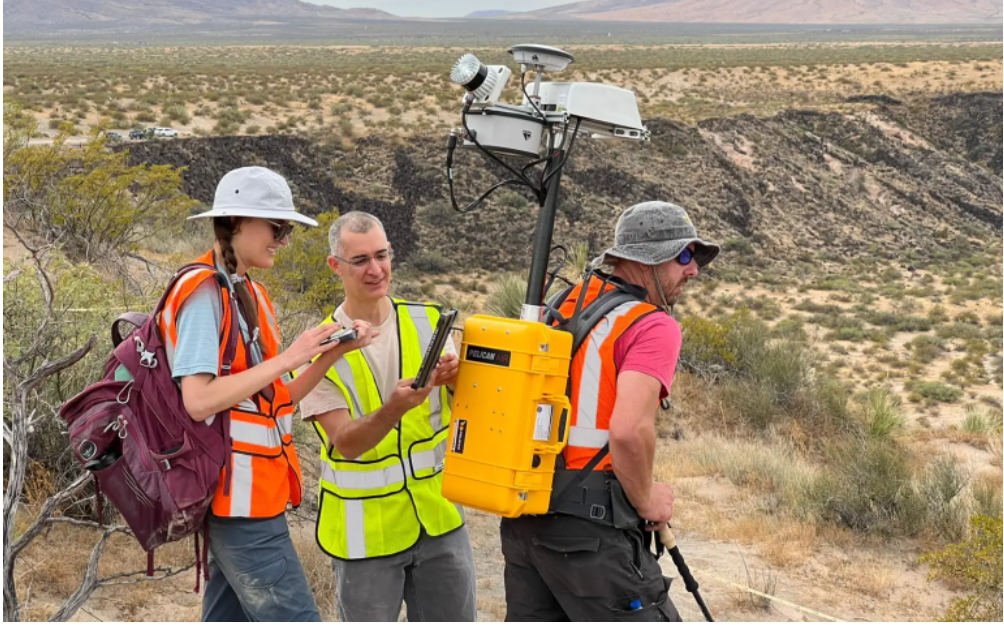
Division leadership responsibilities include but are not limited to conducting programmatic oversight, and providing the operational support and tools staff need to be successful.
The SRPD maintains a number of unique assets including:
- X-ray and Cryogenic Facility – A completely unique, adaptable space environment simulation facility. The XRCF enables the development and pre-flight evaluation of large direct-incidence telescope mirrors and structures in relevant thermal environments to 20 Kelvin. It enables development, performance, and calibration testing of grazing-incidence x-ray optics, detectors, and telescopes. There is no other facility in the world in terms of size and capabilities.
- Stray Light Test Facility: Critical to MSFC, astronomy, and Heliophysics communities for supporting R&D level testing and flight-system calibration. Includes a 100 meter long-beam line, large test chamber (3 meters diameter), large diameter beam (1 m), and an array of sources, detectors, stages, and a user-friendly control system.
- Visualization Collaboration Lab (VCL) – Virtual multi-agency collaborative meeting space for SPoRT and Disasters programs.
- Develop National Program/Lab – In-person and virtual collaborative workspace for national and international student researcher participants and global applications.
- NOAA/National Weather Service Huntsville – First liaison/test bed for NASA SPoRT (Short-term Prediction Research and Transition) programs, tools, and research outputs.
- Gamma Ray Burst Monitor Workspace – This includes 2 GBM detectors, engineering units for the power box and digital processing unit, and a spacecraft simulator. The testbed is still used to test command we send to GBM before they are sent to mission operations.
- Solar Physics Lab – lab space, including clean room, to develop and build solar instruments. Vital collaborative workspace for the sounding rocket program. (CLASP, HI-C, MaGIXS)
- Grazing Incidence Optics Research & Development – Lab contains 2 of the alignment stations used to alight and bond the electroformed nickel-cobalt mirror shells for IXPE and modified for alignment/assembly of x-ray mirror modules for FOXSI sounding rocket.
- Impact Collaboration Space – Data science/AI/ML/datasets collaboration space.
- SERVIR Global Space: Multiple collaborative work areas for satellite-to-village applications addressing food security, water, disasters, land use, and air quality.
- Low Energy Electron and Ion Facility (LEEIF) Lab – Unique, world-class facility for development, testing, and calibration of very-low-energy ion and electron particle instruments. Includes an electron source, ion source, UV source, clean tent and benches, environmental vacuum chamber, 2-dimensional rotation/translation system, beam-imaging diagnostics, and automated data acquisition/analysis capability.
- Lightning cupola and test areas on the roof.
- High Bay: for sounding rockets and other over-sized, delicate, expensive materials.
- Clean rooms
- Dusty Plasma Lab
- Tier 2 Server Room
- X-ray Astronomy Lab
- X-ray Instrument Development Lab
- Machine Shop
- Ultraviolet Lab
- Wet Chemistry Lab
- Cosmic Ray Detector Lab
- Virtual Reality Space
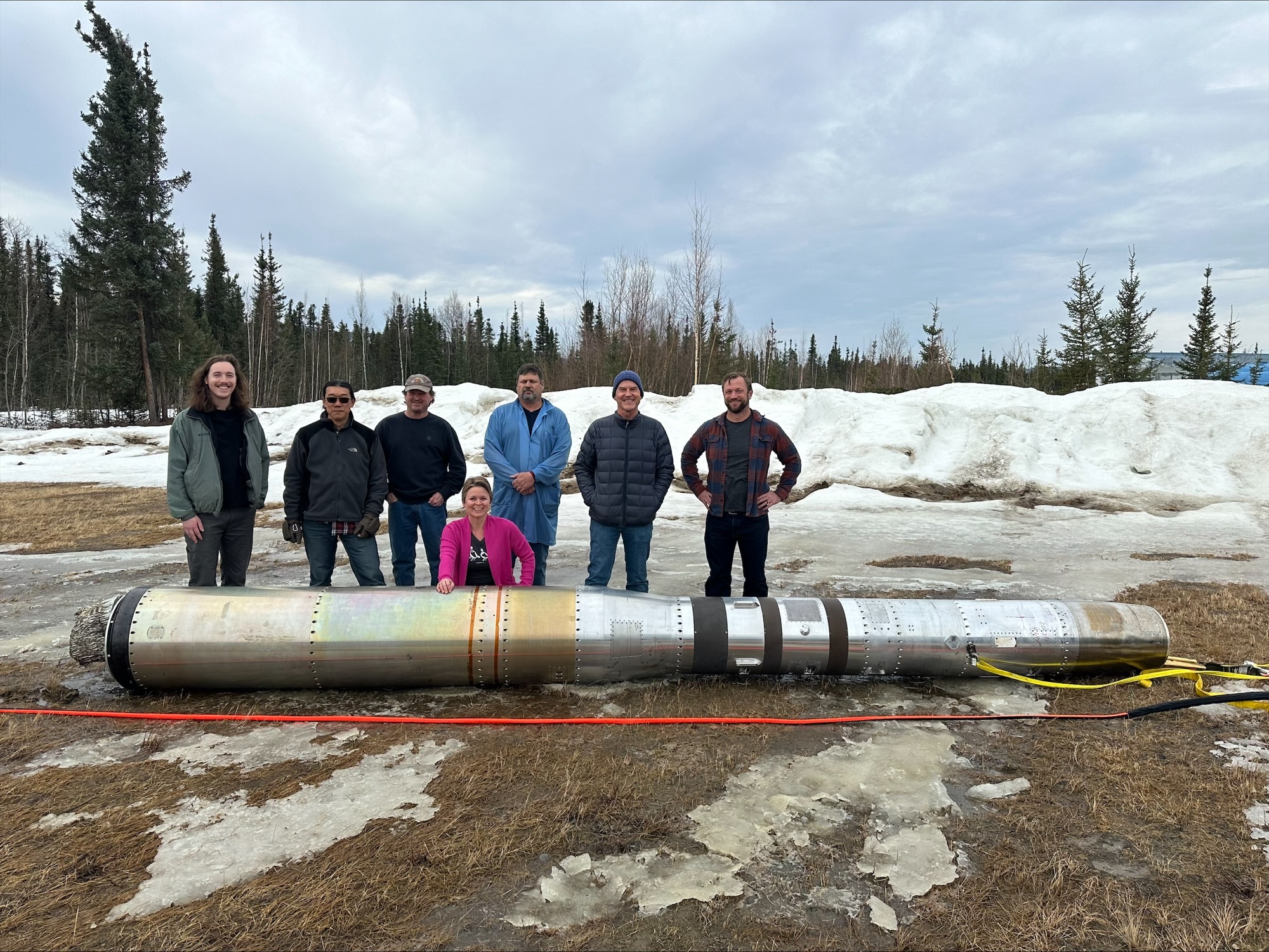
Location
The SRPD is located at the University of Alabama Huntsville’s Cramer Hall as part of an institution called the National Space Science Technology Center (NSSTC). The NSSTC is a unique science synergy collocating NASA’s SRPD together with interagency, contractor, and academic partners in multiple science-disciplines. Partners housed with us at the NSSTC include:
- The National Weather Service
- The Center for Space Plasma and Aeronomic Research (CSPAR)
- The Information Technology and Systems Center (ITSC)
- Earth System Science Center (ESSC)
- UAH Department of Atmospheric and Earth Science
- UAH Department of Space Science
Media Resources
Reporters with questions or interview requests related to the Science Research and Projects Division (SRPD) of NASA’s Marshall Space Flight Center may contact:
Lane Figueroa
Marshall Space Flight Center
Huntsville, Ala.
256-544-0034

